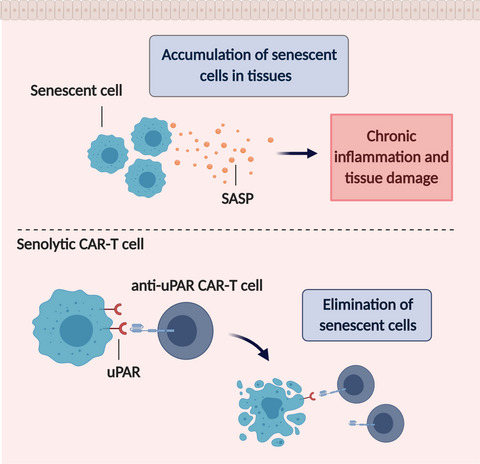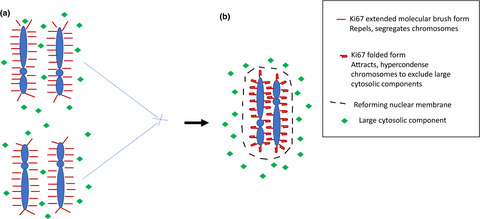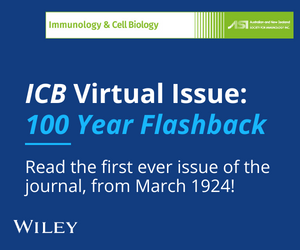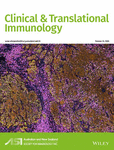Journal list menu
Export Citations
Download PDFs
Issue Information
NEWS AND COMMENTARIES
Revisiting the secretion mechanism(s) of macrophage migration inhibitory factor—welcome to the “UPS club”
- Pages: 704-708
- First Published: 07 September 2020
CAR-T cells to fight senescence
Senolytic chimeric antigen receptor (CAR) T cell: driving the immune system to fight cell senescence
- Pages: 709-711
- First Published: 25 August 2020
Chromosome social distancing and crowd control: the dual role of Ki67
- Pages: 712-714
- First Published: 25 September 2020
ORIGINAL ARTICLES
miR-142-5p and miR-130a-3p regulate pulmonary macrophage polarization and asthma airway remodeling
- Pages: 715-725
- First Published: 10 June 2020
Time-resolved mRNA and miRNA expression profiling reveals crucial coregulation of molecular pathways involved in epithelial–pneumococcal interactions
- Pages: 726-742
- First Published: 27 June 2020
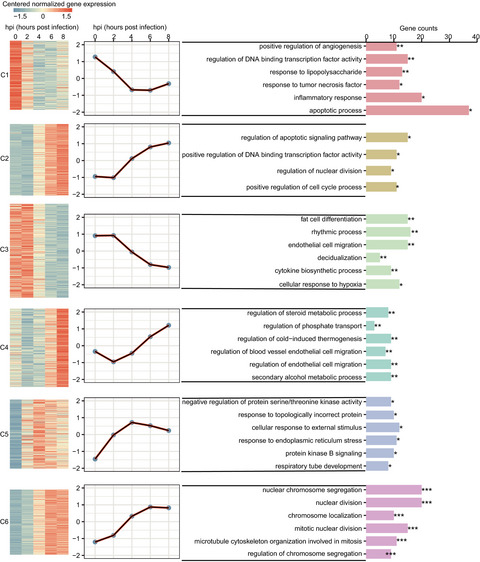
In this study, we applied RNA-sequencing technology to investigate the time-resolved gene expression profiles of microRNAs (miRNAs) and messenger RNAs (mRNAs) in human lung alveolar epithelial cells in response to Streptococcus pneumoniae up to 8 h postinfection. Through a range of bioinformatics and function-related analyses, we found several functional clusters and key regulators associated with inflammatory and immune responses. Finally, we built a regulatory network among differentially expressed miRNAs and differentially expressed target mRNAs to investigate the potential biological function or relevance during infection of miRNA–mRNA interactions.
Brucella abortus–infected platelets modulate the activation of neutrophils
- Pages: 743-756
- First Published: 05 July 2020
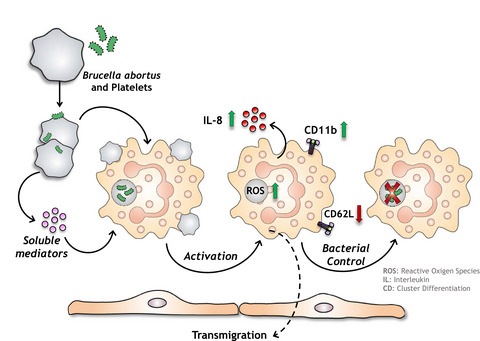
Taking into account all of our results, we now have a broader vision of the role of platelets (PLTs) in the context of Brucella abortus–mediated infection. PLTs can directly interact with both monocytes and polymorphonuclear cells, establishing complexes. These interactions promote the differentiation of these cell types into potent proinflammatory profiles with enhanced microbicidal capacity, contributing to the resolution of the infection.
Hemocyte-specific FREP13 abrogates the exogenous bacterial population in the hemolymph and promotes midgut endosymbionts in Anopheles stephensi
- Pages: 757-769
- First Published: 05 July 2020
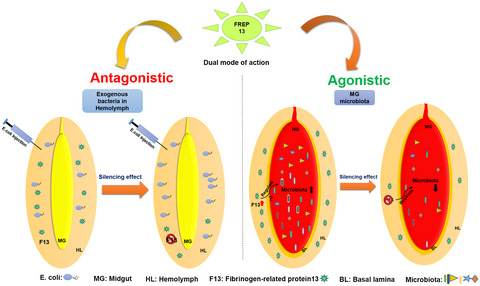
This study reveals that different fibrinogen-related proteins (FREP) have diverse and combinatorial specificity during altered pathophysiological conditions. Among them, a hemocyte-specific protein (FREP13) shows an antibacterial response in hemocytes and promotes gut endosymbionts after blood-feeding in the midgut.
SHORT COMMUNICATIONS
The MAIT TCRβ chain contributes to discrimination of microbial ligand
- Pages: 770-781
- First Published: 22 June 2020
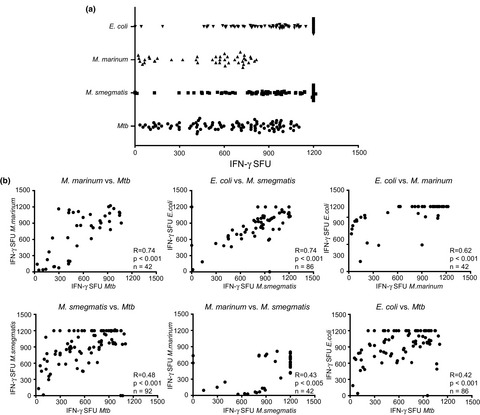
Mucosal-associated invariant T (MAIT) cells can recognize and respond to a wide range of microbial infection. The MAIT T-cell receptor is known to be increasingly diverse and bind a wide range of microbial ligands. We show that the MAIT T-cell receptor beta chain can discriminate between microbial infection and ligand.
Necrotic cell death increases the release of macrophage migration inhibitory factor by monocytes/macrophages
- Pages: 782-790
- First Published: 12 July 2020
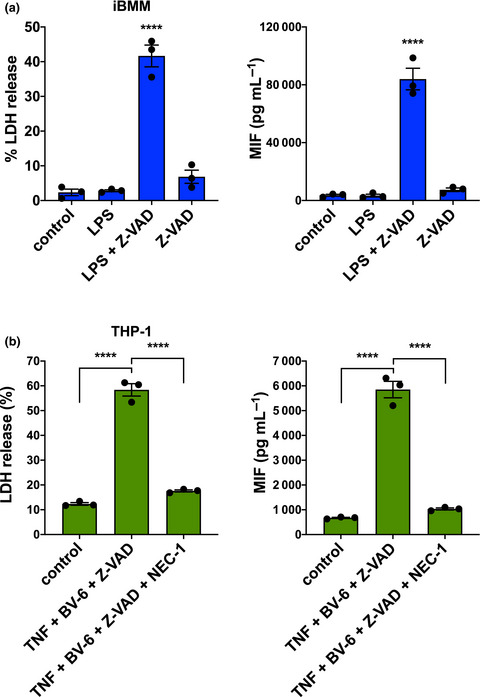
We have shown that macrophage migration inhibitory factor (MIF) is released by monocytes/macrophages when they die, by necrosis, necroptosis and pyroptosis. This could have implications for MIF in autoimmune and inflammatory diseases, in which cell death or defective clearance of apoptotic cells (or both) are critical triggers of pathology.
See also: News and Commentary by Hoffmann & Bernhagen






